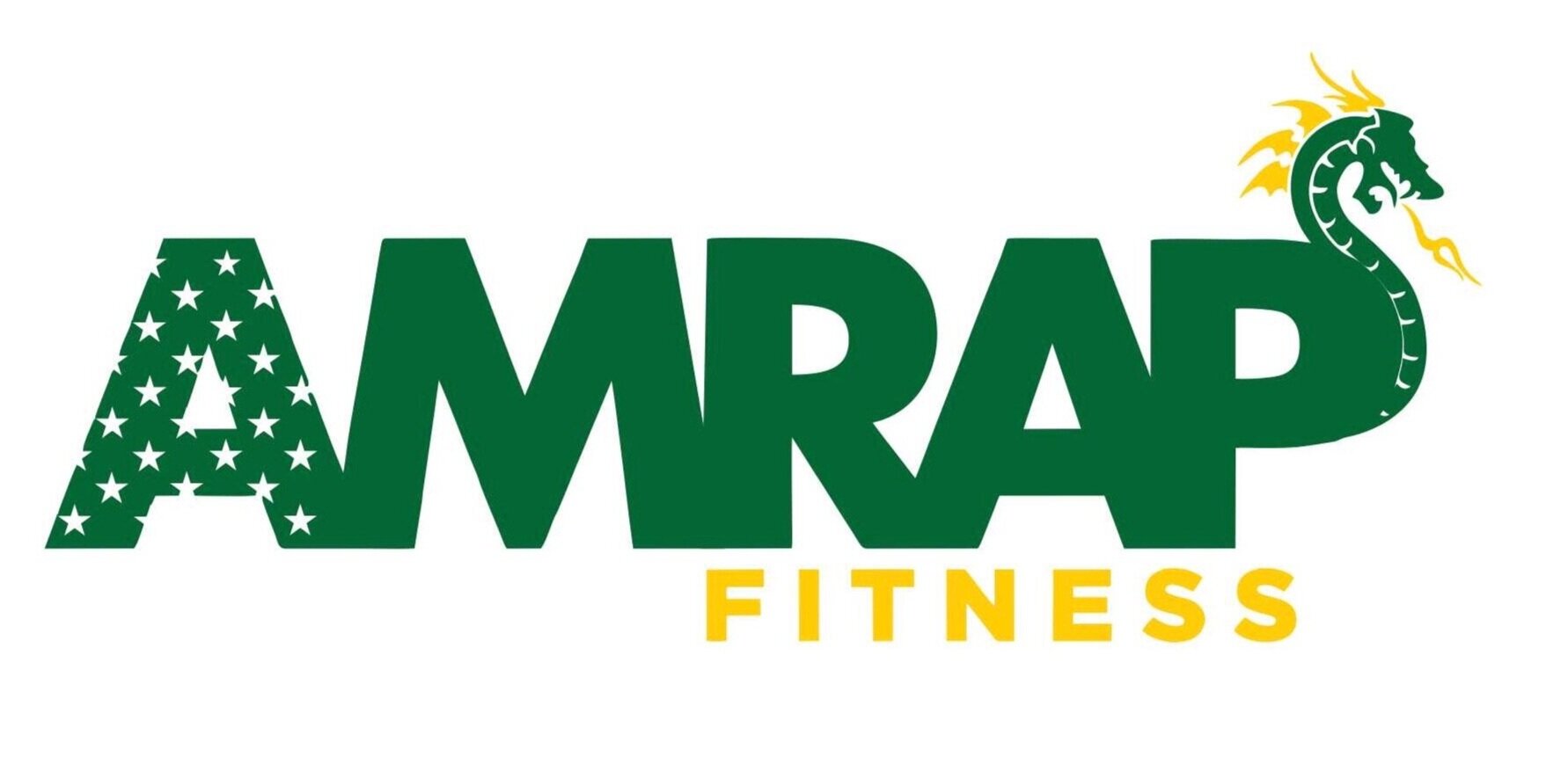MISTAKE #9: Choosing the Lowest Price Diet Food
By Thin Slim Foods
Diet food is a product where usually you get what you pay for.
There is no increase due to 'prestige' (as opposed to certain handbags) because other people don't see you eating diet food.
Instead, there are three core components to price – production cost, packaging cost, and ingredient cost.
Separately, there is distribution cost (in-store availability as opposed to paying for shipping), but for the purposes of choosing a better quality option, we won't be addressing this.
All of these costs (production, packaging, and ingredients) are lower for large manufacturers, but the savings are not large enough to impact the price of a product more than 10% since most products for sale in retail outlets will have at least reached a sales volume to start seeing savings on all three components.
The cost that creates the largest price difference between products is the type of ingredients used because the difference in ingredient cost is drastic.
It doesn't cost 1-5% more to use better ingredients. It costs 100-500% more.
That is why most companies do not use them. Lower quality, non-diet ingredients cost less. Higher quality, lower-calorie or carbohydrate, higher protein, or higher fiber ingredients cost more.
Example 1 - Oil: Using a low-quality oil such as soybean oil instead of olive oil will be 5X less expensive.
Example 2 - Sweetener: - Using the sweetener alternative maltitol will cause a ‘laxative effect’ whereas a higher quality sweetener such as Erythritol or Stevia will not. The cost for maltitol (retail) is ~$3.49/lb. The cost for erythritol (retail) is ~11.49/lb.
Example 3 - Base: - Two often-used ingredients are soy flour and almond flour. Each has similar nutritional facts, but soy flour results in a mostly soy-based product, which isn't something you should be consuming consistently. The cost for a 16oz. bag of soy flour is ~$4.49. The cost for a 16oz. bag of almond flour is ~$10.99.
This price difference can actually be helpful in spotting potentially inaccurate nutritional facts. If a ‘diet food’ is much more inexpensive than other products with similar nutritional facts, it is an indication that the nutritional facts and ingredients of the inexpensive item may not be accurate.
Takeaway: If a product is significantly cheaper than its alternatives, realize you are making a choice to ingest significantly lower quality ingredients and may also be risking your calorie/carb count accuracy.
